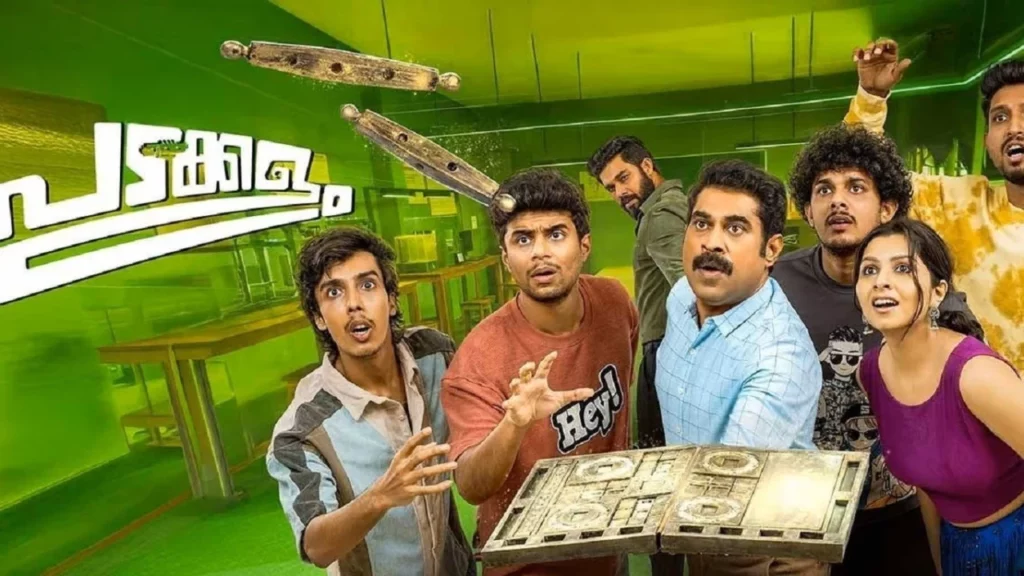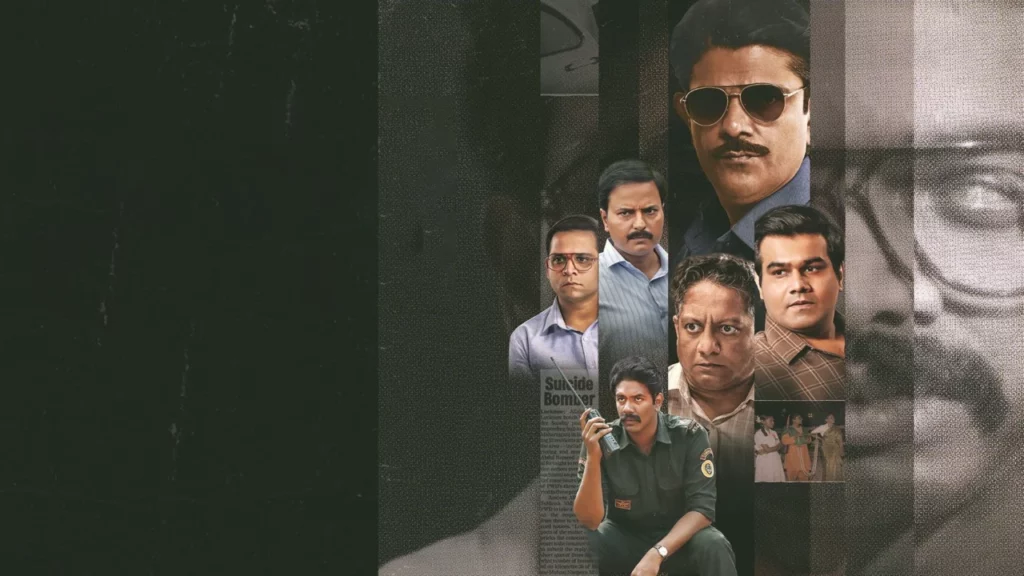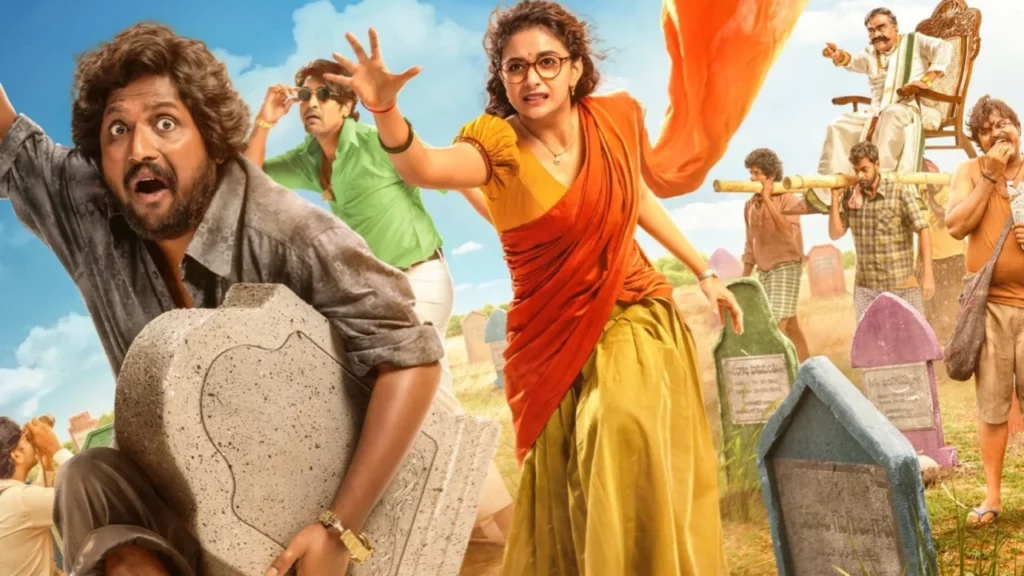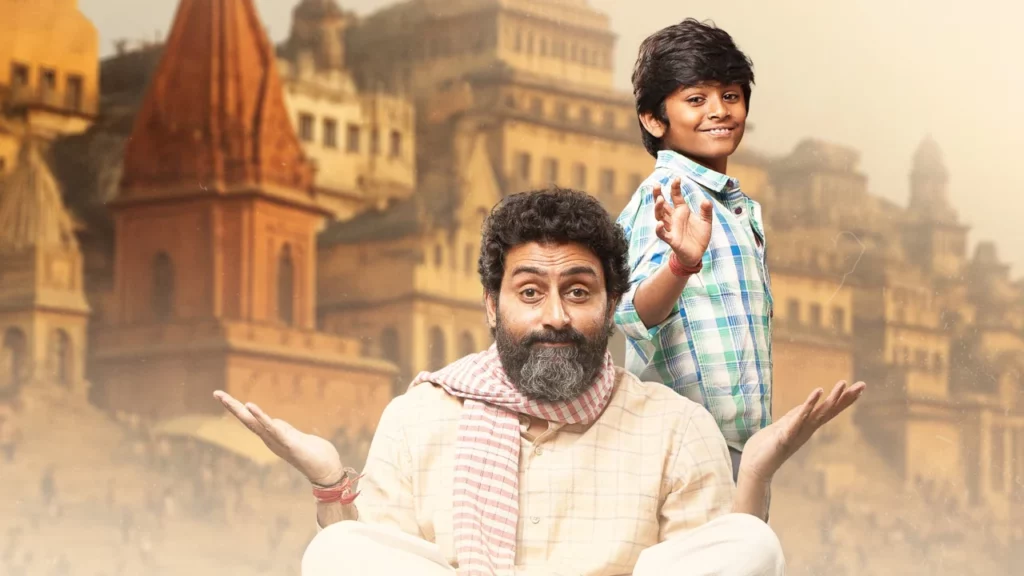
3BHK (2025) Movie: Siddharth’s Middle-Class Drama Hits Different This Time
3BHK is a 2025 Tamil-language coming-of-age drama written and directed by Sri Ganesh. The film marks a shift for director Sri Ganesh from crime thrillers to emotional family drama. Based on the short story 3BHK Veedu by Aravindh Sachidanandam, it features Siddharth, R. Sarathkumar, Devayani, and Meetha Raghunath in key roles.
| Movie Title: | 3BHK |
| Release Date: | July 4, 2025 |
| Runtime: | 2h 20m |
| Director: | Sri Ganesh |
| Genres: | Family, Drama |
| Rating: | 7.5/10 star |
| Starring: | Devayani, R. Sarathkumar, Siddharth |
| Production Company: | Shanthi Talkies |
| Lead Actor: | Siddharth |

Released on July 4, 2025, in Tamil and Telugu, this 140-minute film represents Siddharth’s 40th leading role. The technical team includes music composer Amrit Ramnath, cinematographers Dinesh B. Krishnan and Jithin Stanislaus, and editor Ganesh Siva.
3BHK Cast
| Actor | Character |
|---|---|
| Chaithra J Achar | Aishwarya |
| R. Sarathkumar | Vasudevan |
| Yogi Babu | |
| Siddharth | Prabhu |
| Subbu Panchu | |
| Thalaivasal Vijay | |
| Vivek Prasanna | |
| Meetha Raghunath | Aarthy |
| Devayani | Shanthi |



Plot: A Twenty-Year Journey of Dreams
The story begins in 2006 with Vasudevan’s family moving into a rental home. Their central dream is owning their own house – a goal that seems achievable with their ₹7.5 lakh savings. The narrative spans two decades, following the family through education struggles, career changes, and personal relationships.
Each time they near their goal, life throws unexpected challenges. From Prabhu’s educational setbacks to rising property prices, the film captures how middle-class families face constant obstacles in achieving basic dreams.
The story feels like a thriller where time is always running out. As Chennai transforms into a tech hub, the family wonders if their city still has room for people like them.
Performance: Raw and Relatable Acting
R. Sarathkumar delivers exceptional work as Vasudevan, showing the quiet desperation of a middle-class father. Despite his imposing presence, he perfectly captures a man who’s lost himself in family responsibilities.
Siddharth transforms convincingly across different age groups throughout the film’s timeline. I found his portrayal of internal conflict between personal dreams and family duty particularly moving. His chemistry with the ensemble cast feels natural and genuine.
Devayani brings depth to her role as the silent backbone of the family. Meetha Raghunath effectively shows a daughter sacrificing her aspirations for family needs. The supporting cast creates characters that feel like real people we know.
What Works: Authentic Storytelling
Relatable Characters: Every family member feels familiar – the tired father, burdened mother, and children caught between dreams and reality. The authenticity makes their struggles genuinely affecting.
Balanced Emotions: Director Sri Ganesh handles humor and sentiment well without becoming overly dramatic. The film maintains emotional honesty throughout its runtime.
Technical Excellence: The cinematography captures both cramped living spaces and aspirational dreams effectively. Amrit Ramnath’s music supports the narrative without overwhelming it.
Realistic Approach: The film avoids glorifying sacrifice and instead explores how practical constraints affect personal dreams.
Areas Needing Improvement
Repetitive Pattern: The constant setbacks can feel exhausting. Every possible problem hits this family, making the experience more documentary-like than cinematic.
Pacing Issues: The first half rushes through important character development moments. Some decisions, like Prabhu dropping out for one failed subject, feel forced.
Limited Emotional Range: While realistic, the focus on hardships leaves little room for inspiration or hope. The film rarely allows viewers to breathe between crises.
Direction and Technical Craft
Sri Ganesh shows maturity in handling complex family dynamics. His use of visual metaphors, like Prabhu repairing appliances, sets up character traits that pay off later.
The technical aspects receive praise across the board. The music feels native and appropriate, while cinematography effectively shows the claustrophobic feeling of financial pressure.
Critical Reception
India Today awarded 3.5/5 stars, calling it a layered emotional documentation of middle-class dreams. The Times of India gave 3/5 stars, noting the narrative’s functional but predictable approach.
The Hindu praised the ensemble approach, highlighting how the four-member family image stays with viewers long after the credits roll. IMDb users rated it 7.6/10, showing strong audience appreciation.
However, some critics found it lacking engagement. GreatAndhra.com gave 2/5 stars, calling it high on sentiment and low on engagement.
Public Response
Audience reactions are mixed but generally positive. Many viewers connect deeply with the family’s struggles, especially those who’ve experienced similar challenges. The film resonates strongly with middle-class families facing housing pressures.
Social media reviews highlight the film’s emotional authenticity. However, some viewers find the relentless hardships overwhelming. The movie works best for audiences who can relate to the characters’ specific struggles.
Final Thoughts
3BHK succeeds as an honest portrayal of middle-class dreams in modern India. While it doesn’t break storytelling ground, the film finds strength in authentic performances and emotional truth.
The movie’s power lies in its refusal to sugarcoat economic realities facing ordinary families. Despite pacing issues and overwhelming focus on hardships, 3BHK offers genuine exploration of family bonds and quiet heroism.
I appreciate how the film avoids commercial elements while staying true to its characters. The absence of forced hope makes victories more meaningful. This is a film that stays with you, especially if you’ve witnessed similar family struggles.
Rating: 3.5/5








